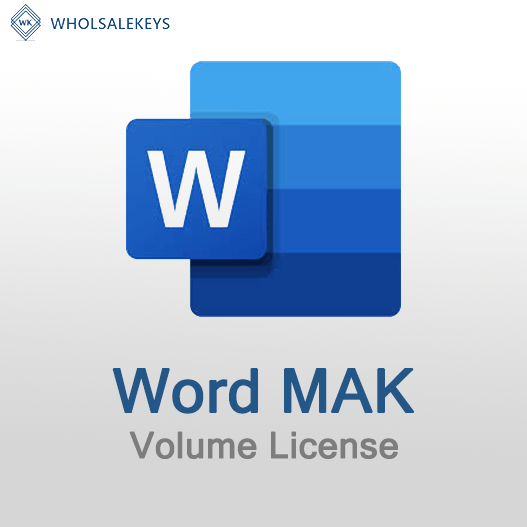Home » Hybrid Activation: Combining MAK and KMS for Flexibility
Hybrid Activation: Combining MAK and KMS for Flexibility
Managing software activation in an organization can be a complex task, especially when dealing with a large number of devices and users. To address this challenge, organizations often use a combination of activation methods, such as Multiple Activation Keys (MAK) and Key Management Service (KMS). In this guide, we’ll explore the concept of hybrid activation, which combines MAK and KMS to achieve flexibility and efficiency in software activation.
Understanding MAK and KMS Activation
Before delving into hybrid activation, let’s understand the basics of MAK and KMS activation methods:
Multiple Activation Keys (MAK)
- Individual Activation: Each device or user is activated individually using a unique MAK key.
- Offline Activation: MAK activation doesn’t require real-time internet access and is suitable for environments with limited connectivity.
- Direct Control: IT administrators have direct control over the activation process and can ensure compliance with licensing agreements.
- Activation Count: Each MAK key comes with a predefined activation count, which decreases with each activation.
Key Management Service (KMS)
- Volume Activation: KMS is designed for organizations with a significant number of devices. It allows for centralized activation of multiple devices within the organization.
- Online Activation: KMS requires devices to have connectivity to the organization’s KMS host, which facilitates activation when devices are connected to the organization’s network.
- Automatic Activation: Devices on the network automatically activate when they connect to the KMS host, simplifying the activation process.
- Ideal for Large Networks: KMS is well-suited for organizations with a substantial number of devices, providing scalability and centralized management.
Hybrid Activation Benefits
Hybrid activation combines the strengths of both MAK and KMS activation methods to offer the following benefits:
- Flexibility: By using a combination of MAK and KMS, organizations can cater to different scenarios within the same network. Devices that are constantly connected can use KMS for automatic activation, while disconnected devices can rely on MAK.
- Cost Efficiency: Hybrid activation allows organizations to optimize licensing costs by using KMS for devices that are frequently on the network and MAK for sporadically connected or remote devices.
- Resilience: In case of KMS server outages, MAK keys serve as a backup activation method, ensuring uninterrupted operation.
- Compliance: IT administrators can better manage activation and ensure compliance with licensing agreements by selectively using MAK keys when required.
Implementing Hybrid Activation
To implement hybrid activation, organizations can follow these steps:
- Assessment: Conduct a comprehensive assessment of your organization’s network, devices, and user scenarios to determine which devices benefit most from KMS or MAK activation.
- Key Acquisition: Acquire both MAK and KMS keys through your volume licensing agreement with Microsoft.
- Activation Strategy: Develop a clear activation strategy that outlines which devices or users will use MAK or KMS activation.
- IT Administration: Train IT administrators to manage the hybrid activation system effectively.
- Documentation: Maintain thorough documentation of MAK and KMS keys to ensure proper usage and compliance.
Best Practices
- Regular Review: Periodically review your hybrid activation strategy to ensure it aligns with your organization’s changing needs.
- Testing: Prior to full implementation, conduct testing to verify that both MAK and KMS activation methods work as intended.
- Consultation: Consider consulting with Microsoft licensing experts or authorized resellers for guidance on complex licensing scenarios.
Hybrid activation, which combines MAK and KMS activation methods, provides organizations with flexibility, cost efficiency, and resilience in software activation. By understanding its benefits and following best practices, organizations can create a robust and adaptable activation system that suits their unique needs.
Recent posts

Common Misconceptions About MAK Licensing
Clarify misconceptions surrounding Multiple Activation Key (MAK) licensing with expert insights and accurate information.

Auditing MAK Key Usage: Best Practices
Learn effective methods and best practices for auditing Multiple Activation Key (MAK) usage to maintain licensing compliance.

Tips for Smooth MAK Activation in Remote Locations
Learn how to ensure hassle-free Multiple Activation Key (MAK) activation in remote locations with these essential tips.











